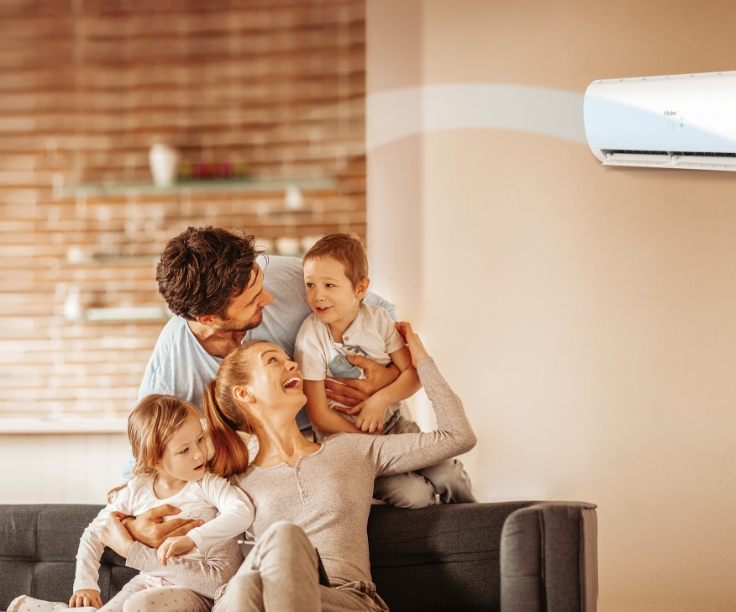The Chilly Truth About Office Air Conditioning
Many office workers, especially women, often find themselves feeling cold despite layering up. Why is this? We decided to investigate the phenomenon, and the answer lies in outdated temperature settings and biological differences in office air conditioning.
Outdated Formulas Based on Male Metabolic Rates
Office thermostats that control air conditioning are often set using formulas developed decades ago, specifically designed for the metabolic rates of middle-aged men. These calculations were based on the resting metabolic rate of a 40-year-old man weighing around 70 kg. However, women generally have different metabolic rates, making them more prone to feeling cold in office environments.
Biological Differences in Temperature Sensitivity
Studies show that women are naturally colder than men, typically by about 3°C. Factors like hormonal changes, including the use of birth control pills, can further influence body temperature. These biological differences explain why many women feel colder in environments set to standard office temperatures.
The Changing Workforce and Office Dynamics
The temperature formulas used for office settings were created in the 1960s when men made up the majority of office workers. However, today, women account for 47% of the workforce. Despite this shift, the outdated thermostat settings haven’t been adjusted to accommodate the growing number of female employees. This discrepancy can lead to discomfort, reducing productivity for employees who feel cold all day.
Why We Need to Change Office Temperature Settings
It’s clear that many women experience discomfort in chilly offices. Uncomfortable employees tend to be less productive, making it important to adjust office temperatures. Even small changes, like increasing the temperature by a few degrees, can improve comfort and productivity without affecting cognitive performance.
Cognitive Load and Office Temperature: A Study
A recent study explored how different office temperatures impact cognitive load and performance. Researchers tested 26 participants (12 men and 14 women) at two temperature settings: 22°C and 25°C. The study included:
- Cambridge Brain Science (CBS) test: Assessing cognitive performance.
- NASA Task Load Index (TLX) questionnaire: Evaluating perceived task difficulty.
- Paced Auditory Serial Addition Test (PASAT): Measuring cognitive function under different conditions.
Study Findings:
- Cognitive performance: No significant differences were found between participants’ performance at 22°C and 25°C.
- EEG and heart rate data: No major physiological differences were observed between the two temperatures.
These results suggest that small changes in office temperature (like adjusting from 22°C to 25°C) do not affect cognitive performance or physical responses.
Improving Office Comfort and Efficiency
While temperature may not significantly impact cognitive behavior, it doesn’t mean people who feel cold are simply overreacting. It’s important to consider their comfort for overall office morale. Adjusting the air conditioning to a slightly warmer setting can go a long way in creating a more inclusive environment.
Energy Efficiency and Environmental Impact
Setting office air conditioners too low has consequences beyond employee comfort. Over-cooling large office spaces leads to increased energy consumption, higher greenhouse gas emissions, and higher electricity bills. By raising the thermostat a few degrees, offices can save on energy costs and reduce their environmental footprint.
Optimal Temperature Settings for Offices
In Australia, most offices are set to 22°C, but we recommend increasing this to 24°C. This small adjustment can reduce energy consumption without negatively affecting cognitive performance. It may also help alleviate discomfort for those who feel cold throughout the day.
Get Professional Help with Your Office Air Conditioning
If your office’s air conditioning needs adjustments, or if you need advice on a new system, Rite Price Heating & Cooling is here to help. With decades of experience, our team provides expert guidance and the best air conditioning solutions for your budget. Contact us today for a free, no-obligation quote, and we’ll help you find the ideal system for your office.








